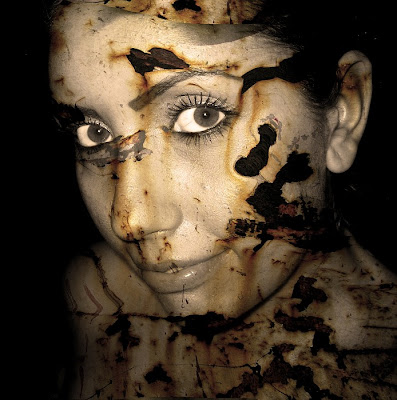Their work is explosive and full of emotion. Each photograph portrays a story. I believe that their style is one of the closest to Helmut Newton's style that we have today. Their use of black and white to capture the raw emotion of their subjects is absolutely phenomenal. Their photographs demand to be noticed.
Steven Meisel for Vogue Italia
Steven Klein for W Magazine
Images courtesy of Vogue Italia & W Magazine






















